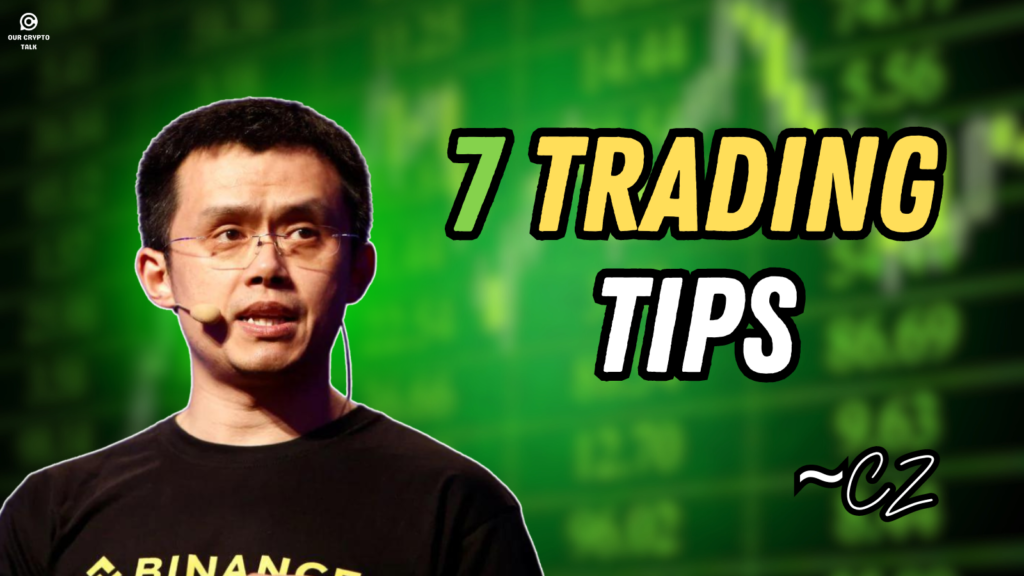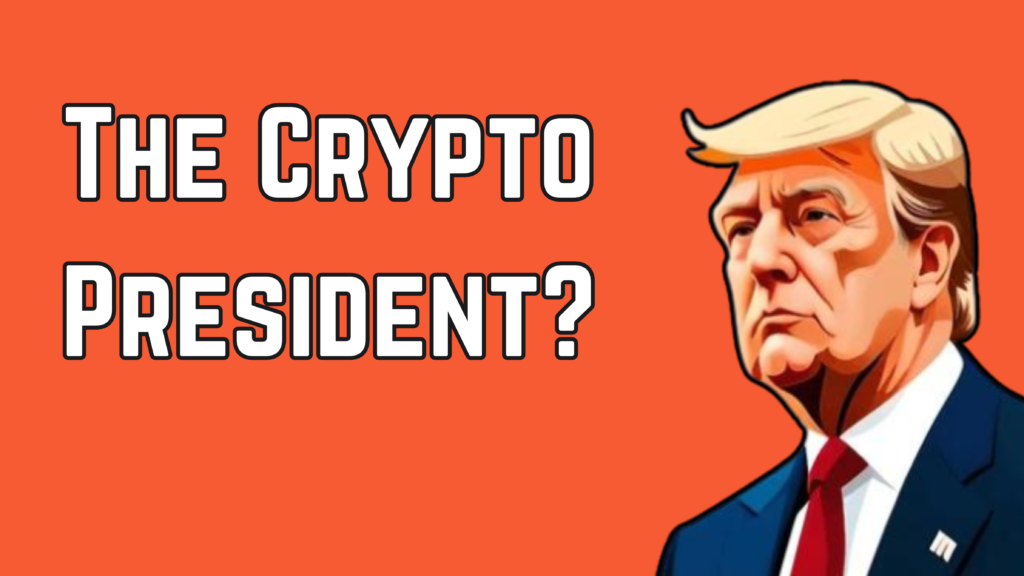Ethereum has long been the dominant smart contract platform, powering decentralized applications (dApps), DeFi protocols, NFTs, and more.
However, as adoption grew, so did congestion on the Ethereum network. The Ethereum mainnet, designed for decentralization and security, struggled to handle the increasing volume of transactions efficiently. Gas fees skyrocketed, and transaction speeds slowed, making the network costly and less accessible for everyday users.

The need for Layer 2 (L2) solutions became evident as early as 2017, during the ICO boom, when Ethereum faced its first major congestion crisis. The issue resurfaced in 2020-2021, during the DeFi and NFT explosion, where high transaction fees priced out smaller users. Ethereum’s scalability trilemma—balancing security, decentralization, and scalability—meant that improving one often compromised the others. This paved the way for L2 solutions that inherit Ethereum’s security while significantly improving throughput and reducing costs.
Types of Layer 2s
L2 scaling solutions generally fall into two categories: Optimistic Rollups (e.g., Optimism, Arbitrum, Base) and Zero-Knowledge Rollups (ZK-Rollups) (e.g., zkSync, Starknet, Polygon zkEVM). Optimistic Rollups assume transactions are valid by default and use fraud proofs to resolve disputes, whereas ZK-Rollups use cryptographic proofs to verify transactions before they are recorded on Ethereum.

Fast forward to 2025, Layer 2 solutions have not only scaled Ethereum but have also evolved into interconnected ecosystems. Projects like Optimism’s Superchain, Polygon’s ZK-powered solutions, and general-purpose L2s have created a multi-chain Ethereum landscape, where users experience near-instant transactions at a fraction of the cost. The Ethereum network itself has embraced rollups, with proto-danksharding (EIP-4844) making data availability more efficient, further reducing L2 costs.
As we step into 2025, the Ethereum L2 landscape is more robust than ever. This article will explore the current state of Ethereum’s Layer 2 ecosystem, major players, adoption trends, and what’s next for the blockchain’s scalability journey.
Major L2 players in 2025

Src: L2 Beat Summary
Here are some of the most prominent Ethereum Layer 2 (L2) solutions along with key stats:
1. Arbitrum (ARB)
- Type: Optimistic Rollup
- Key Features: High throughput, low fees, Ethereum-level security
- TVL: Over $13 billion
- Use Cases: Supports DeFi, gaming, and general-purpose smart contracts
- Token: ARB
2. Optimism (OP)
- Type: Optimistic Rollup
- Key Features: EVM equivalent, low fees, fast transactions
- TVL: Over $5 billion
- Governance: Managed by the Optimism Collective
- Token: OP
3. Base (Coinbase L2)
- Type: Optimistic Rollup
- Key Features: Developed by Coinbase, integrates with Ethereum & other chains
- TVL: Over $11 billion
- Token: No native token (uses ETH for fees)
4. zkSync Era
- Type: ZK-Rollup
- Key Features: High security, low transaction costs, fast execution
- TVL: Over $900 million
- Token: No native token yet, potential future airdrop
5. Starknet
- Type: ZK-Rollup
- Key Features: Developer-friendly, advanced cryptography
- TVL: Around $600 million
- Token: STRK
6. Polygon zkEVM
- Type: ZK-Rollup
- Key Features: Fully EVM-compatible, low gas fees, high security
- TVL: Over $55 million
- Token: POLYGON
How Optimism, Base and Arbitrum took the lead
Base: The Unexpected L2 Leader
Base, the Layer 2 network backed by Coinbase, surpassed both Arbitrum and Optimism in Total Value Locked (TVL) for a while in late 2024. Its success has been driven by mass retail adoption, institutional participation (including Franklin Templeton’s tokenized funds), and the rise of memecoins on its network.
Unlike other L2s, Base benefited from seamless integration with Coinbase’s user base, which gave it a steady flow of users and transactions. Furthermore, the Ethereum Dencun Upgrade lowered transaction fees, making Base an even more attractive scaling solution.
Success Mantra : Coinbase user base, institutional adoption, rise of memecoins.
Arbitrum: The Longstanding Leader in L2 Scaling
Arbitrum maintained its dominance as the most widely used Layer 2 for years, thanks to its early-mover advantage and strong developer ecosystem. It excelled in DeFi adoption, with numerous protocols building on its network. By 2025, Arbitrum focused on interoperability, enabling seamless interactions with chains like Solana and Avalanche. Additionally, improved governance through DAOs and innovations in decentralization helped maintain its appeal.
Success Mantra : Developer first, interoperability and early in the game.
Optimism: The Superchain Visionary
Optimism pioneered the Superchain concept, aiming to create a network of interoperable chains using its OP Stack. This allowed multiple projects, including Base, to build their own L2s while benefiting from shared liquidity and security. Although Optimism’s TVL was overtaken by Base, its focus on modularity and governance decentralization positioned it as a long-term player. Additionally, strategic partnerships and ecosystem funding kept Optimism at the forefront of Ethereum scaling. And now, Uniswap, the biggest app on Ethereum has launched its chain as a part of the Superchain.
Success Mantra : Developer first, interoperability and early in the game.
Ethereum’s Proto-Danksharding (EIP-4844) and Its Impact on L2s
Ethereum’s Proto-Danksharding (EIP-4844) is one of the most important upgrades for Layer 2 (L2) networks, making transactions significantly cheaper and more efficient. It was introduced in the Dencun Upgrade and helps rollups like Arbitrum, Optimism, and Base scale better by reducing the cost of storing transaction data on Ethereum.
Before this upgrade, L2s had to store transaction data permanently on Ethereum, which was expensive. With EIP-4844, rollups can now use temporary storage “blobs” that last for a few weeks instead of being permanently recorded. Since these blobs are much cheaper than traditional storage, L2s can process transactions at a fraction of the previous cost.
This upgrade allows rollups to handle more users without raising fees, making Ethereum more accessible. It also sets the stage for future improvements, like full Danksharding, which will further increase Ethereum’s speed and efficiency.
The Rise of Modular L2s and the Growth of the Superchain
The Superchain concept, spearheaded by Optimism, has revolutionized Ethereum Layer 2 scaling by fostering a network of interoperable rollups built on the OP Stack. This initiative has led to greater efficiency, shared security, and seamless cross-chain interactions. As a result, multiple L2s, including Base, Zora, and Mantle, have adopted this framework, leveraging its battle-tested security and modularity to optimize performance and liquidity flow across chains.
Modular Layer 2 solutions have gained traction because they allow developers to customize different blockchain components—such as execution, settlement, and data availability—rather than relying on a single monolithic structure. The Superchain concept aligns well with this, providing a standardized yet flexible framework for multiple rollups to co-exist while benefiting from shared liquidity and governance.
Uniswap Labs recently joined this movement by launching Unichain, a specialized Superchain L2 designed to improve DeFi scalability. With its focus on reducing transaction costs (by up to 95%), increasing processing speed, and enabling seamless cross-chain liquidity, Unichain aims to overcome DeFi’s long-standing barriers, further solidifying the Superchain’s position as the dominant L2 framework.
Why This Matters
The Superchain’s expansion signals a shift toward a more interconnected and efficient Ethereum ecosystem. Instead of isolated rollups competing for liquidity and users, a unified network of OP-based chains fosters collaboration, making transactions cheaper, faster, and more accessible. With Unichain’s adoption, it’s clear that the modular L2 approach is not just a trend—it’s the future of Ethereum scaling.
As adoption continues, we can expect more projects to embrace the Superchain, driving innovation while maintaining Ethereum’s decentralized ethos.
What’s Next for Ethereum L2s Beyond 2025?
As we move beyond 2025, Ethereum Layer 2s (L2s) are expected to evolve rapidly in terms of decentralization, scaling technologies, and overall network efficiency.
One major shift will be Ethereum L1 transitioning into a primarily settlement layer for rollups. With rollups handling most transaction execution, Ethereum will focus on finalizing and securing these transactions. This will lead to lower transaction costs and higher throughput across the ecosystem.
While L2s have significantly improved scalability, concerns around centralization persist. The next wave of development will focus on decentralizing sequencers and fostering interoperability between L2 networks. Vitalik Buterin has emphasized the need for standardized cross-chain messaging, ensuring that different L2s feel like a unified ecosystem rather than isolated chains.
As technology advances, Ethereum is also researching quantum-resistant cryptographic algorithms to maintain security against future threats.
The long-term vision for Ethereum L2s is clear: an ecosystem where L1 serves as a secure foundation, while L2s provide cheap and fast transactions, making Ethereum more accessible, scalable, and decentralized than ever.



